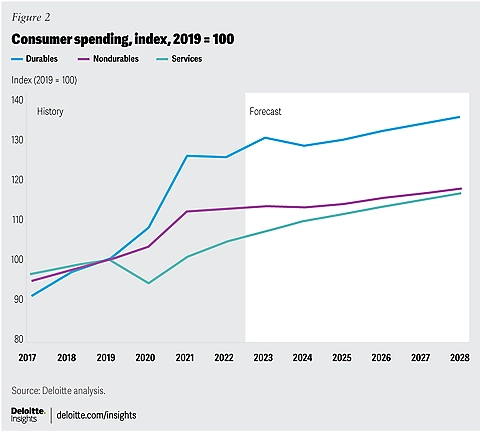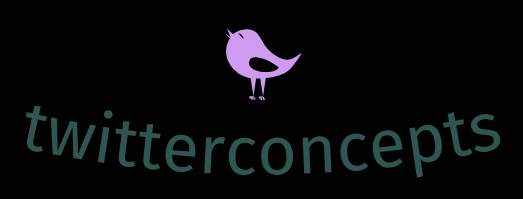
The Current State of the US Economy Insights & Analysis
Navigating the Complexities of the Current US Economy
Spotlight on Economic Trends
The current state of the US economy is a topic of intense scrutiny and discussion among economists, policymakers, and ordinary citizens alike. With its vast and diverse economic landscape, the United States plays a pivotal role in the global economy. Understanding the trends shaping the US economy is essential for making informed decisions, whether it’s regarding investments, business strategies, or personal finances.
Assessing Performance Indicators
One of the key aspects of analyzing the US economy is to examine various performance indicators that provide insights into its health and trajectory. These indicators include metrics such as gross domestic product (GDP) growth, employment rates, inflation levels, consumer spending, and trade balances. By closely monitoring these indicators, economists can gauge the overall performance of the economy and identify potential areas of strength or weakness.
Impact of Policy Decisions
Policy decisions made by the government and central bank have a significant impact on the direction of the US economy. Fiscal policies, such as tax reforms and government spending initiatives, can influence consumer behavior, business investment, and overall economic growth. Similarly, monetary policies, including interest rate adjustments and quantitative easing measures, affect borrowing costs, inflation rates, and asset prices. Understanding the rationale behind these policy decisions and their potential implications is crucial for businesses and investors.
Challenges and Opportunities
The US economy faces a myriad of challenges, ranging from structural issues such as income inequality and workforce automation to external factors like geopolitical tensions and global market volatility. However, amidst these challenges lie opportunities for innovation, growth, and resilience. Industries such as technology, healthcare, renewable energy, and e-commerce continue to drive economic expansion and create new avenues for prosperity.
Consumer Behavior and Market Trends
Consumer behavior plays a crucial role in shaping the US economy, as household spending accounts for a significant portion of economic activity. Understanding consumer preferences, sentiment, and purchasing patterns can provide valuable insights into future demand trends and market dynamics. With the rise of e-commerce, digitalization, and changing demographics, businesses must adapt their strategies to meet evolving consumer needs and preferences.
Global Economic Interconnections
In an increasingly interconnected world, the US economy is deeply intertwined with global markets, trade flows, and geopolitical developments. Events such as trade disputes, currency fluctuations, and geopolitical conflicts can have far-reaching implications for the US economy, impacting everything from corporate earnings to consumer prices. As such, businesses and policymakers must remain vigilant and adaptive in navigating the complexities of the global economic landscape.
Innovation and Entrepreneurship
Innovation and entrepreneurship are driving forces behind the dynamism and resilience of the US economy. From Silicon Valley startups to Main Street small businesses, innovation drives productivity gains, job creation, and economic growth. However, fostering a culture of innovation requires supportive policies, access to capital, and a conducive regulatory environment. Encouraging entrepreneurship and fostering innovation ecosystems are essential for sustaining long-term economic prosperity.
Sustainability and Resilience
Sustainability has emerged as a critical consideration for businesses and policymakers alike, as they seek to balance economic growth with environmental stewardship and social responsibility. From renewable energy initiatives to sustainable agriculture practices, businesses are increasingly incorporating sustainability into their operations and strategies. Building a more resilient and sustainable economy requires collaboration across sectors, investment in green technologies, and a long-term perspective on resource management.
Economic Recovery and Rebuilding
The COVID-19 pandemic has posed unprecedented challenges to the US economy, causing widespread disruptions to businesses, supply chains, and employment markets. As the nation continues to navigate the path to recovery, policymakers are focused on implementing stimulus measures, supporting small businesses, and reimagining workforce development strategies. Rebuilding a stronger, more inclusive economy requires investments in infrastructure, education, healthcare, and social safety nets.
Future Outlook and Adaptation
Looking ahead, the US economy faces both opportunities and challenges on the horizon. Technological advancements, demographic shifts, and geopolitical dynamics will shape the economic landscape in the years to come. Businesses and policymakers must remain agile, innovative, and adaptable in responding to emerging trends and disruptions. By embracing change, fostering resilience, and prioritizing long-term sustainability, the United States can continue to thrive in an ever-evolving global economy. Read more about the us economy right now

